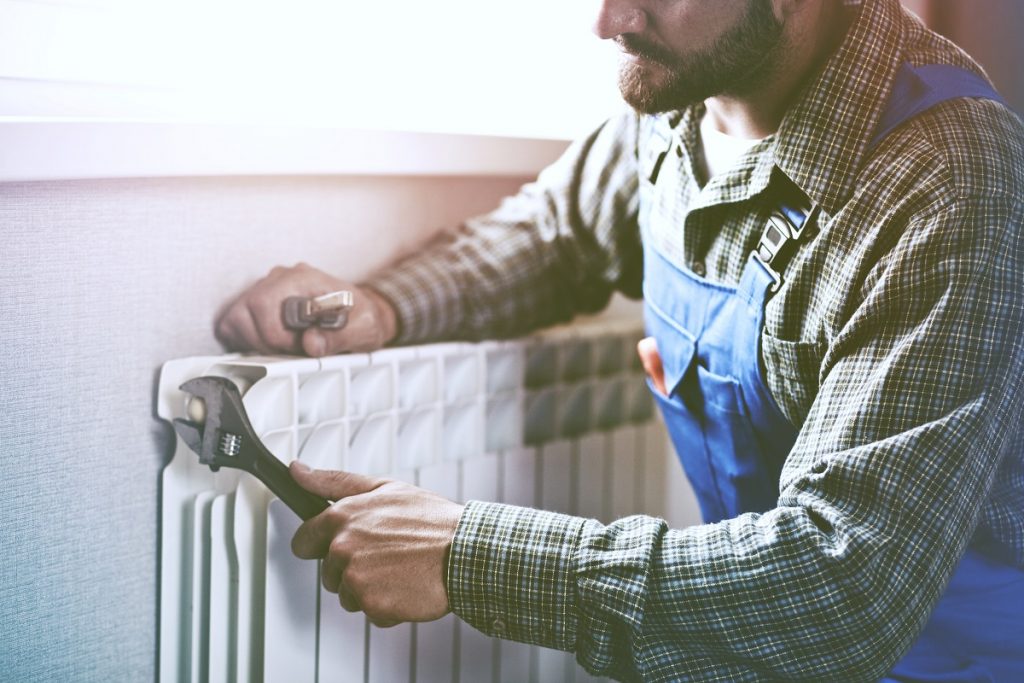- Incorporating technology into a home design can provide convenience, safety, energy efficiency, and improved security.
- Smart automation systems allow for controlling lights, thermostats, and other appliances from one’s phone or tablet.
- Voice-activated devices with timers and sensors make managing a home simple and efficient.
- Connected cameras monitor what’s happening in and around a home, even when nobody is present.
- Automated gates and smart lighting systems can further ensure safety and security.
As technology continues to advance, it is becoming more common to see the integration of digital elements into home design. From automated lighting systems to voice-activated appliances, smart technology is making its way into your home. Here are some benefits of integrating technology into your home design.
Convenience
One of the main advantages of incorporating technology into your home design is convenience. With smart automation systems, you can control your lights, thermostat, and other appliances from your phone or tablet with just a few taps.

Voice-Activated Devices
You can also set up voice-activated commands for certain appliances and devices, which makes managing your home a breeze. Additionally, many smart devices come with timers and sensors that allow you to automate tasks. These tasks include turning on the lights when you enter a room or turning off the air conditioning when no one is home. This convenience makes managing your home easier and more efficient.
Connectivity
Smart technology is becoming increasingly connected, allowing you to monitor and control various aspects of your home from one centralized hub. This is especially beneficial for larger homes, as this type of system will enable you to monitor and control all your appliances and devices from one platform. Additionally, with the rise of cloud technology, you can now access your home’s systems remotely through a secure connection.
Safety
Another benefit of integrating technology into your home design is improved safety. Smart security systems can detect intruders and alert you if there are any suspicious activities in your home. Additionally, many systems come equipped with motion detectors that can detect movement inside or outside your house and send an alert to you or the authorities if needed.
Connected Cameras
Connected cameras allow you to monitor what’s happening in and around your house even when you’re not there. This can provide an additional layer of security and peace of mind. Smart thermostats and alarms can also alert you to potential fire hazards in your home, helping ensure that your family is safe at all times.
You can also install reliable automated electric gates, so you do not need to go out of the car to open the gates. You can also use the same system to control outdoor lighting or even set up a notification system. The notification system sends your phone a message whenever someone steps into the property. All of these features help ensure that your home remains safe and secure.

Keep Intruders Out
Automated lighting systems can also be used to scare away any intruders and help keep your home secure. Integrating technology into your home design can provide greater safety and peace of mind.
At the end of the day, technology integration is an essential part of creating a safe and secure home environment. By taking advantage of all the available options, you can ensure that your family remains safe at all times.
Energy Efficiency
Integrating technology into your home design also helps improve energy efficiency by allowing you to manage how much energy each appliance uses. For example, connected thermostats will enable you to adjust the temperature settings depending on the time of day so that they don’t waste energy while nobody is at home.
Smart Lighting Systems
Smart lighting systems enable you to automatically dim or turn off lights in unused rooms, so they don’t consume unnecessary energy. Installing energy-efficient appliances is also a great way to reduce your utility bills.
Energy Star-Certified
Investing in an ENERGY STAR-certified home promises greater efficiency than homes built to code – at least 10 percent more on average, but usually up to 20 percent. Not only does this result in lower energy bills for homeowners, but it also ensures better quality, standout performance, and unparalleled comfort.
Integrating technology into your home has become increasingly popular in recent years due to its numerous benefits, such as convenience, improved safety features, and energy efficiency improvements. Smart automation systems make managing your home more straightforward than ever before. It also provides peace of mind knowing that your home is secure from potential intruders or burglars. Therefore, homeowners should consider investing in smart home technologies as they offer numerous advantages beyond simply being stylish additions to their living spaces.

